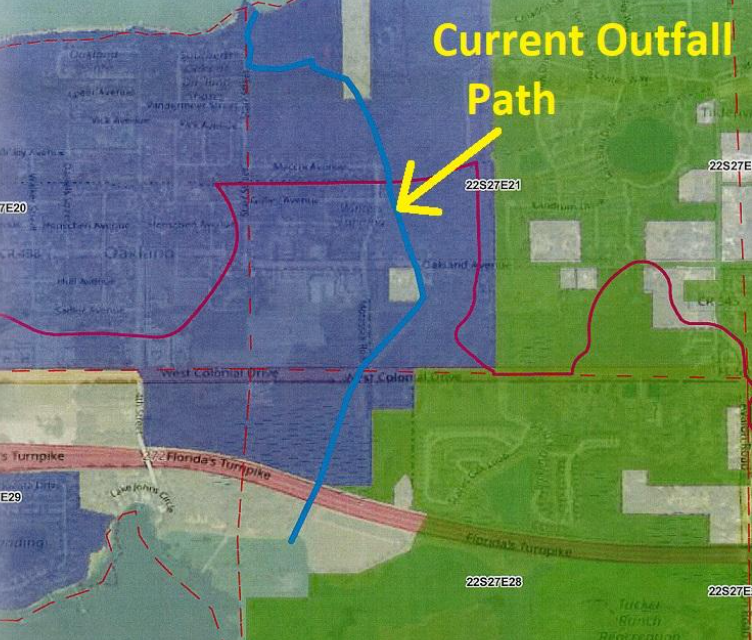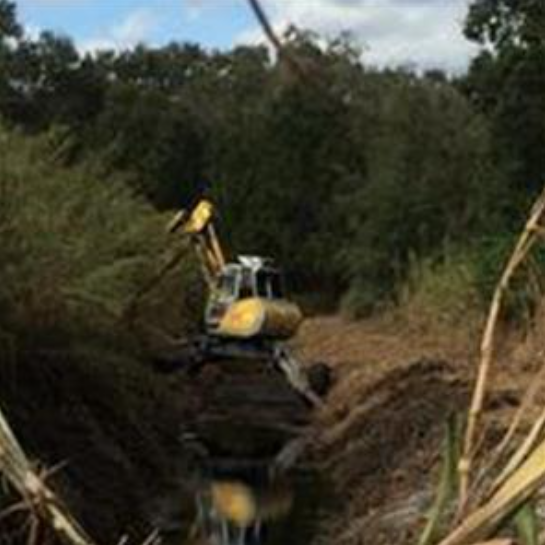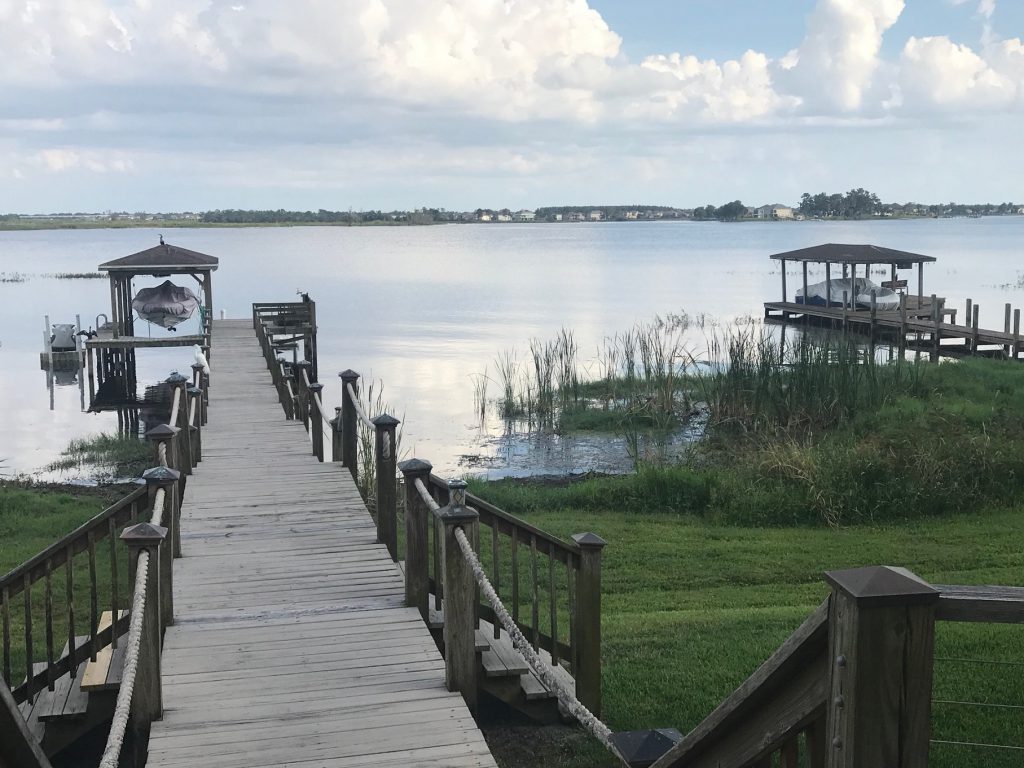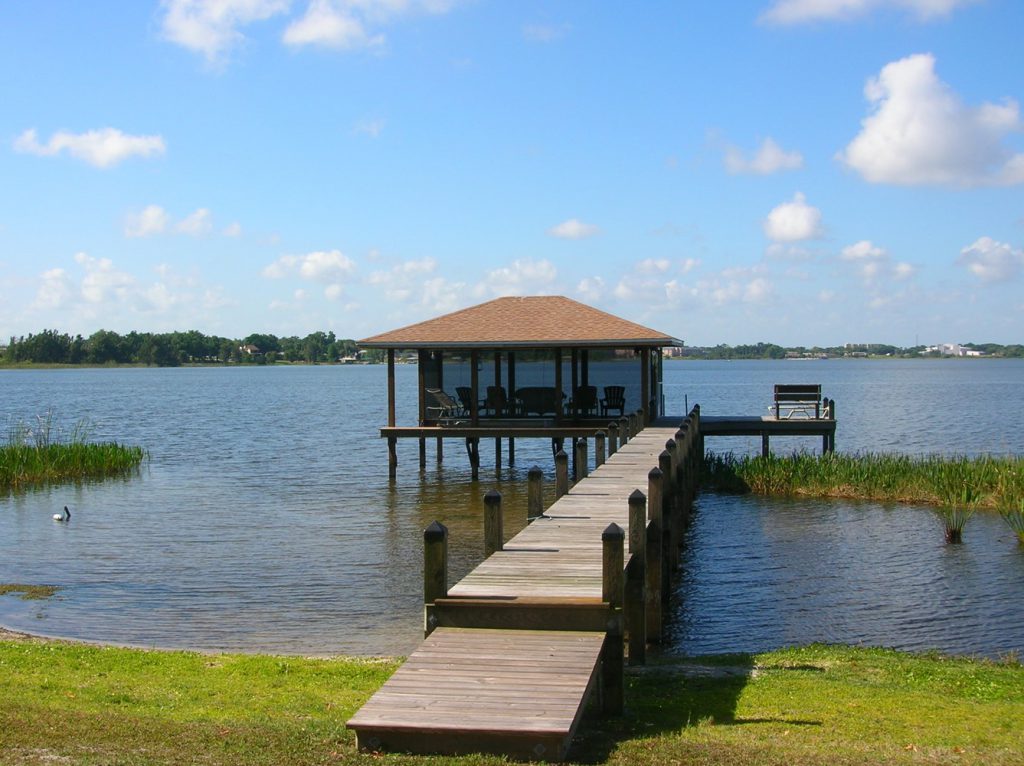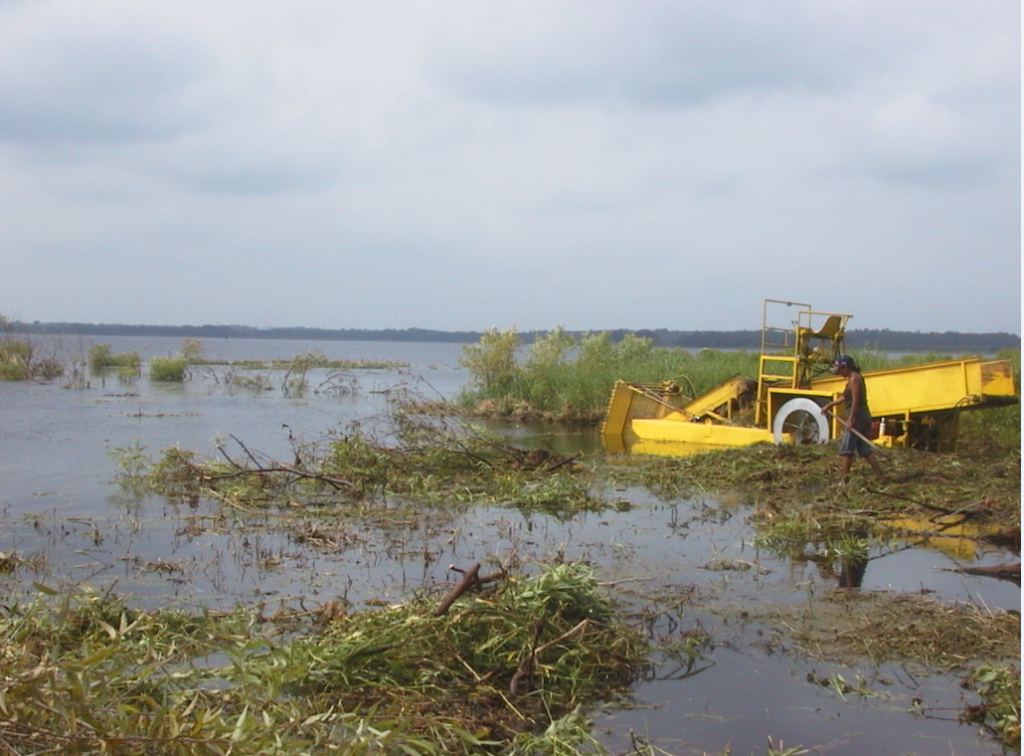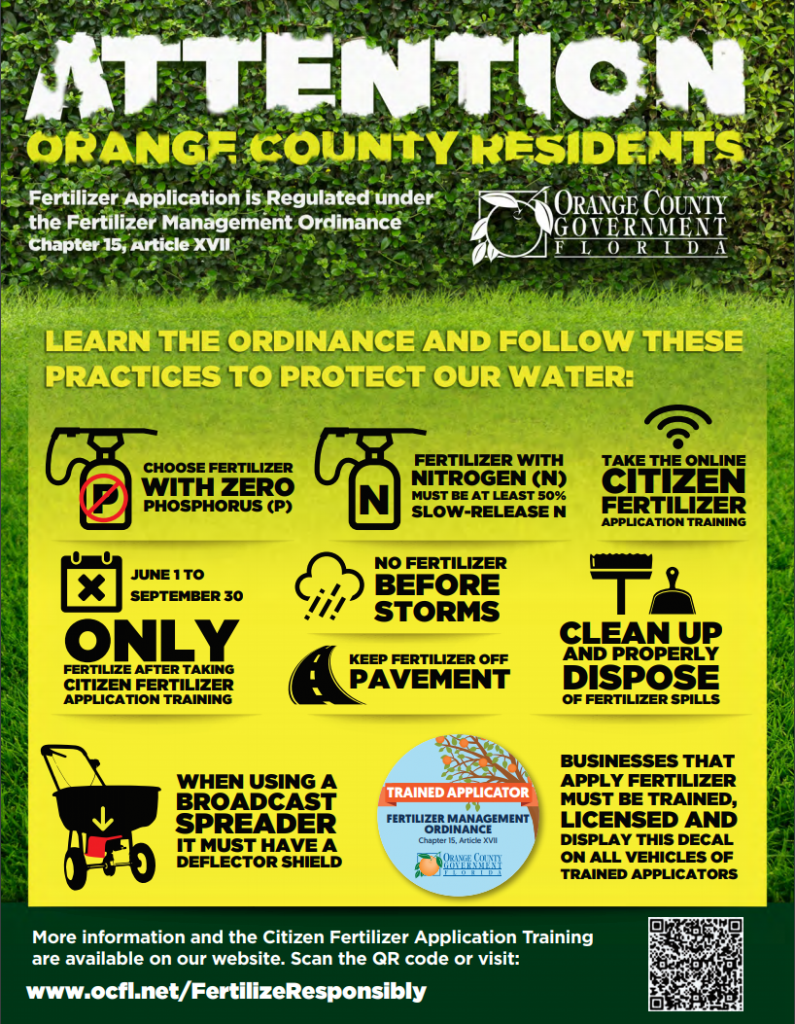November 1, 2021
Invasive Plants 2021
John Schmidt
The lake was treated with herbicide early in November 2021. Some hydrilla helps the water clarity. The County uses a mix of herbicides and grass carp to keep the hydrilla in check.
From a FWC perspective the lake looks great. We have good coverage of submersed vegetation. Water clarity is good. We are seeing an upward trend in our largemouth bass population and noticing more ducks as well. In addition, FWC has treated the Cuban bulrush and other invasive species along the shoreline.
Florida’s Most Invasive Aquatic Plants
- Hydrilla
- Aquatic soda apple
- Crested floating heart
- Cuban club-rush
- Feathered mosquitofern
- Giant salvinia
- Hygrophila
- Lyngbya
- Water Primrose
- Torpedograss
- Water Hyacinth

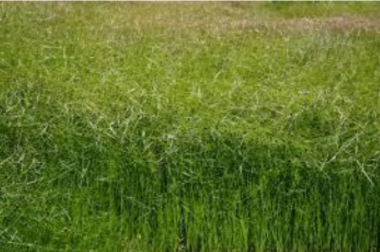
As many lakefront homeowners already know, adding, removing or modifying the vegetation along the shoreline of Johns Lake is regulated by the state of Florida. These activities are monitored through a permitting process as part of the” Florida Aquatic Plant Management Act” and the “Florida Aquatic Weed Control Act”, both are administered by the Florida Wildlife Commission (FWC).
Removal of harmful/invasive plant life is encouraged but it must be done properly and, in most cases, replanting of eco-friendly vegetation in place of the plants removed is required. This is necessary to strike a balance between allowing lakefront residents to enjoy the benefits of a nice, aquatic environment along their shoreline while maintaining healthy standards for appropriate foliage around Johns Lake in general. Part of the conditions of issuing a permit may be the requirement to replant specific vegetation to support a healthy lakefront.
Florida law requires all persons to obtain a permit from FWC prior to controlling, removing or altering aquatic plants in waters of the state
With a permit you can remove invasive plants which will allow room for native plants to grow and expand. This ensures that you have a plan for managing your waterfront that will not harm the water body and help protect the investment you have made in it. The work can be done through physical or mechanical means. Removal by herbicides also requires a permit.
Proper management of the shoreline will also:
- Enhance aesthetics
- Improve food and habitat for fish and wildlife
- Provide erosion control and soil stabilization
- Ensure plants are present for nutrient uptake which will result in cleaner water
Any lakefront aquatic plant activity that falls outside the above list requires an FWC permit. This
includes creating a sandy beachfront, backfilling soil at the shoreline, etc. Construction of docks
and lakefront structures fall under other permitting requirements.
The homeowner or a contractor working on the homeowner’s behalf is responsible for obtaining the
permit. Once the permit is issued the contractor or homeowner can begin the work. FWC and/or
the EPD should inspect the final result to ensure it meets the requirements specified in the permit.






